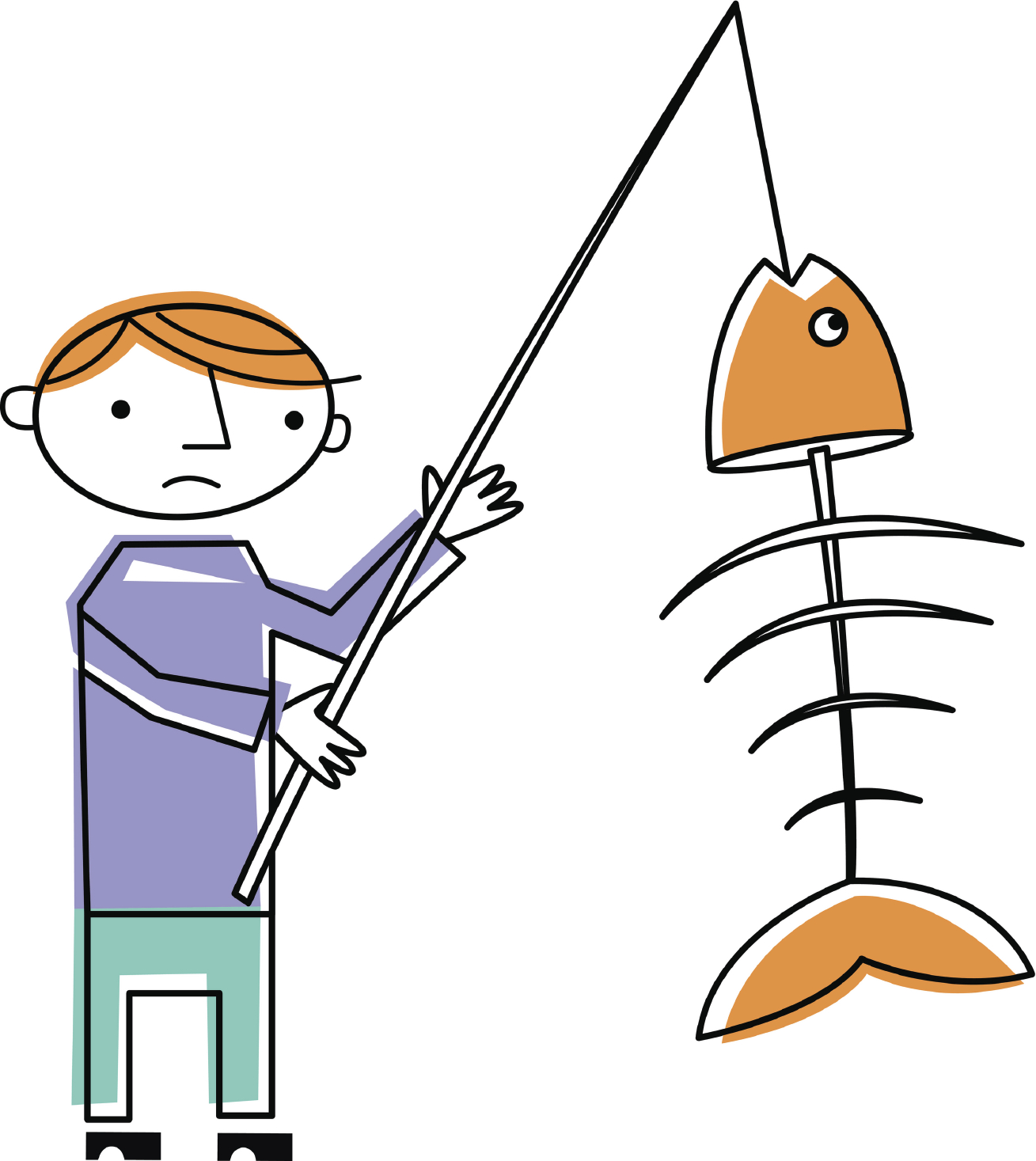A bit late in the day, I’ve recently come across the phrase ‘jump the shark’ – so called after the episode in TV’s Happy Days (younger readers ask your older colleagues) when the Fonz literally jumps over a shark on water skis.
https://www.youtube.com/watch?v=t4ZGKI8vpcg
This was the sad point when Happy Days had passed its best and the script writers started to resort to the ludicrous to mask a general decline in script quality. My own personal ‘jump the shark’ favourite would probably be Bobby Ewing ‘resurfacing’ in the shower in Dallas. But there are numerous others to while away your next coffee break.
Is your business jumping the shark?
Businesses too go through their own ‘jump the shark’ moments when particular initiatives pop-up that should probably have been resigned to the cutting room floor. As communications professionals, we’re often called upon to communicate these initiatives or work on the best way to communicate corporate messages that have a distinctly ‘sharky’ whiff about them.
As painful as it can be, it’s our job to call out those ‘jump the shark’ moments that are often lost in the echo chamber of corporate life. Failure to do so can mean anything but a happy day.

![IMG_1431[1]](http://www.paperplanecommunications.co.uk/wp-content/uploads/2015/07/IMG_14311-e1435836854172.jpg)

